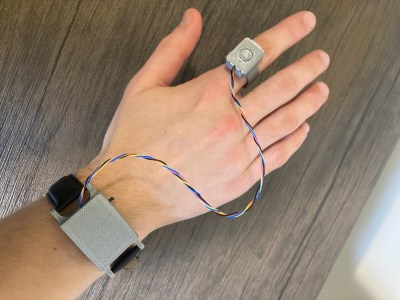Supercon is the Ultimate Hardware Conference and you need to be there! We’ve got a stellar slate of speakers this year — way too many to feature in one post. So here’s your first taste, and a reminder that Supercon will sell out so get your tickets now before it’s too late.
In addition to the full-length talks, we’ve got a series of Lightning Talks, so if you want to share seven minutes’ of insight with everyone there, please register your Lightning Talk idea now.
But Supercon has a lot more than just talks! The badge heavily features Supercon Add-Ons, and we want to see the awesome SAOs you are working on. There will be prizes, and we’ll manufacture four of our favorite designs in small batches for the winners, and make a full run for Hackaday Europe in 2025. Want to know more about SAOs? They’re the ideal starter PCB project.
Continue reading “2024 Hackaday Superconference Speakers, Round One”


















